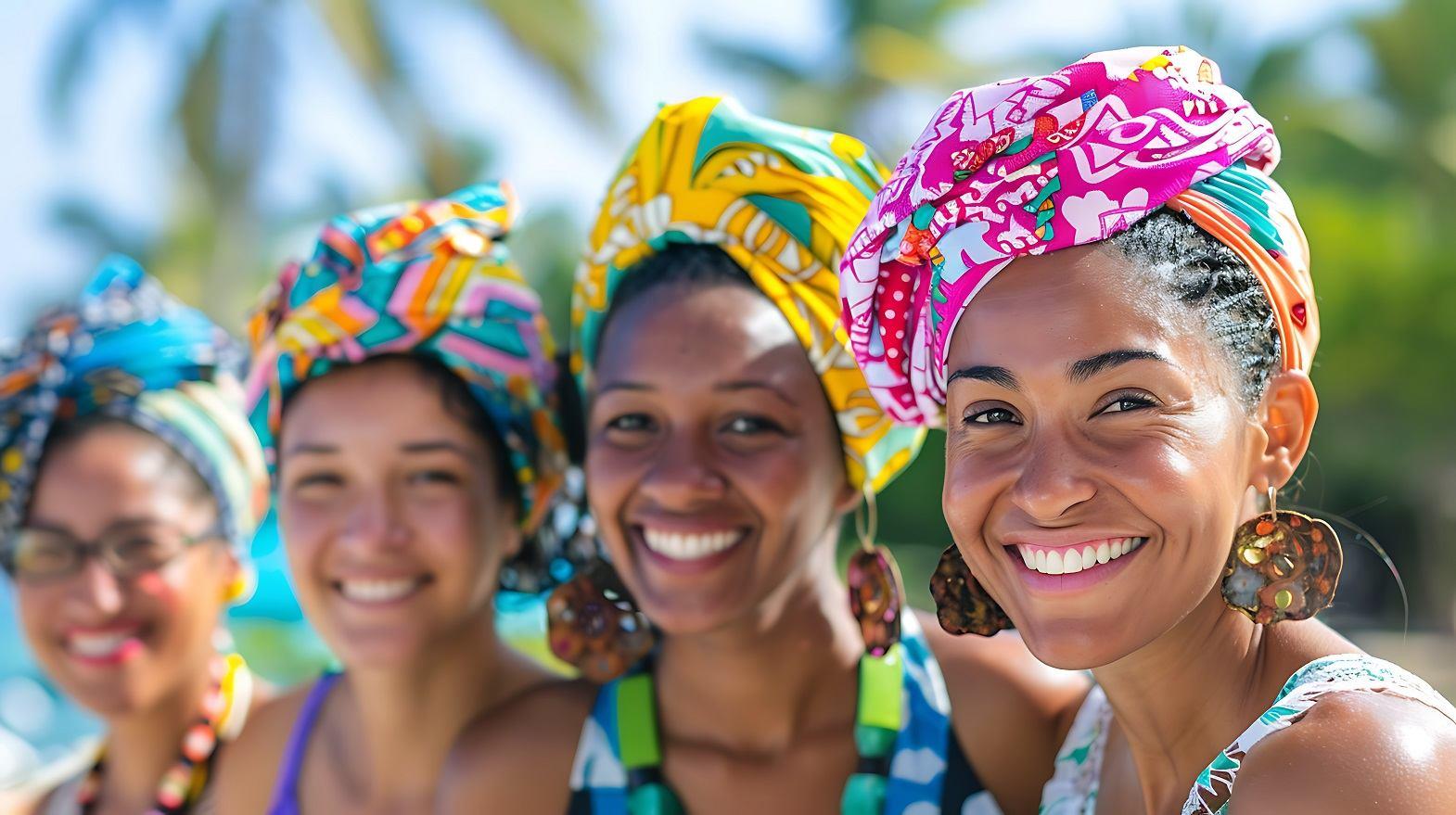Over the last decade or so, the textile and apparel sectors of Mauritius have become one of the most important contributors to the country's gross domestic product, accounting for 5 percent. Trade agreements and the benefits derived from them have helped the country's textile industry grow, but there are still significant challenges ahead for Mauritius in the textile and apparel sector.
Mauritius has come a long way in its textile and apparel sector, evolving from a manufacturer of basic items to a systematically established sector that produces designer garments. The country manufactures a range of apparel products, including T-shirts, lingerie, loungewear, shirts, sportswear, trousers, denim, suits, and cardigans. Mauritius is home to around 250 textile industries that provide jobs for over 40,000 people. In the last financial year, Mauritius exported T-shirts worth MUR 2.23 billion, shirts worth MUR 6.43 billion, trousers worth MUR 4.76 billion, and cardigans worth MUR 2.33 billion.
Mauritius's textile industry focuses on supplying high-quality products and has the potential to supply various textile products at competitive prices. The sector also relies on upgraded modern technology. The country's liberal economic policies related to international trade and investment have earned it loyal customers from around the world. Mauritius also enjoys preferential market access, duty-free and quota-free status in the European Union under the EU-ESA Economic Partnership Agreement, in the United States of America under the Africa Growth and Opportunities Act, in Africa under the Southern Africa Development Community and the Common Market for Eastern and Southern Africa, and in Turkey under the Bilateral Free Trade Agreement.
Labor in Mauritius is also cost-effective, with the average labor cost ranging from US dollar 120 to US dollar 400 annually. Mauritius primarily exports its textile products to Europe and the United States. However, apparel and textile exports to South Africa have increased in the past few years. Approximately 48 percent of textile and apparel products are exported to Europe, 18 percent to the United States, and 24 percent to South Africa. In the last financial year, apparel worth MUR 20.1 billion were exported, with a total export turnover of around MUR 27 billion or US dollar 895.5 million annually.
The looming threat over the textile industry in Mauritius is the fact that it relies heavily on preferential trade agreements, which make it less competitive at the global level. There has been a lack of a clear strategy affecting the sector's further growth. Additionally, the last five years have been extremely difficult for the Mauritian textile industry, as almost all foreign-owned textile enterprises have faced challenges.
shutdown the operations in the country. Even the international buyers have several options to import textile and apparel from including China, India, Brazil, et al.
Another worrying factor for Mauritius is that the quotas and trade pacts are temporary, thus if the Mauritian government wants long term growth for the textile sector, it needs to frame policies that go in favour of the sector and aids it in facing future challenges. Though the labour in Mauritius is skilled and cheap in comparison to other countries, presently, the country heavily depends on importing the labour from Asian countries including China, Bangladesh and Sri Lanka. The imported labour is almost 40 percent more productive, but the companies have to pay for dormitories and flights of the imported labour, which adds to the cost burden.
In addition to this, further challenge faced by the Mauritius's textile and apparel manufacturers is the new demands being put up by the customers from the United States and Europe. The manufacturers now need to concentrate on providing complete services to retailers, which begins from sourcing the fabric to packaging and shipping. The sector also needs to explore the wide textile and garment industry and dabble with fresh segments that include lingerie, swimwear and beachwear. The focus must be on sourcing of material, e-retailing and logistics. The industry must work on market trends to predict what the buyers want.
The textile and apparel manufacturers of Mauritius have taken some steps in right direction like concentrating on the medium range market and offering price elasticity to the global customers. The competition from European and Turkish manufacturers would be immense in future; consequently, the strategy for the Mauritian textile sector is to offer higher margin and more expensive items.
The government, together with the manufacturers is trying to ensure that the textile sector heads in progressive direction. Despite the fact that a lot of measures remain to be taken, the country is making sincere attempts to deal with rising competition in European Union and United States markets. The silver lining in the cloud is that the Mauritian manufacturers are putting the spotlight on the complete package supply capacity, along with the quality in the higher end products.
References:
1. Just-style.com
2. Ictsd.org
3. Infodev.org
4. Sourcemauritius.com








Comments